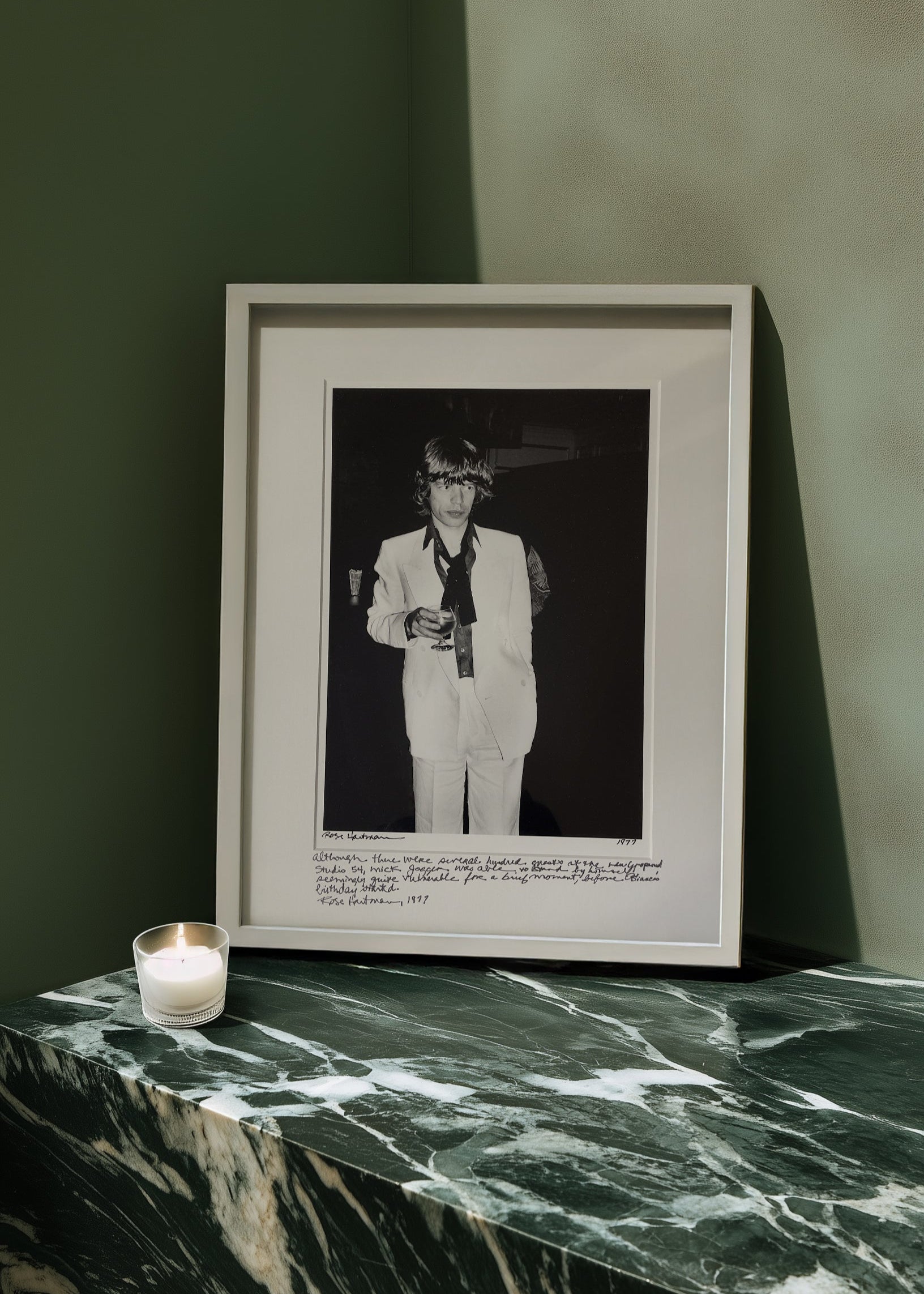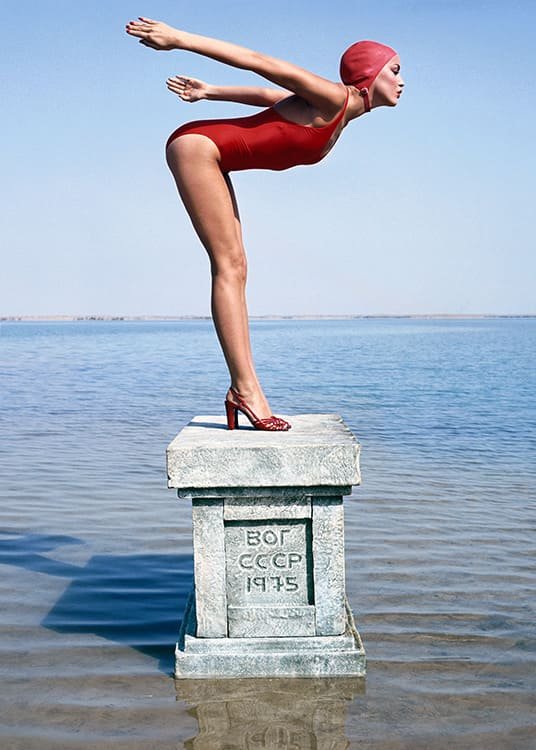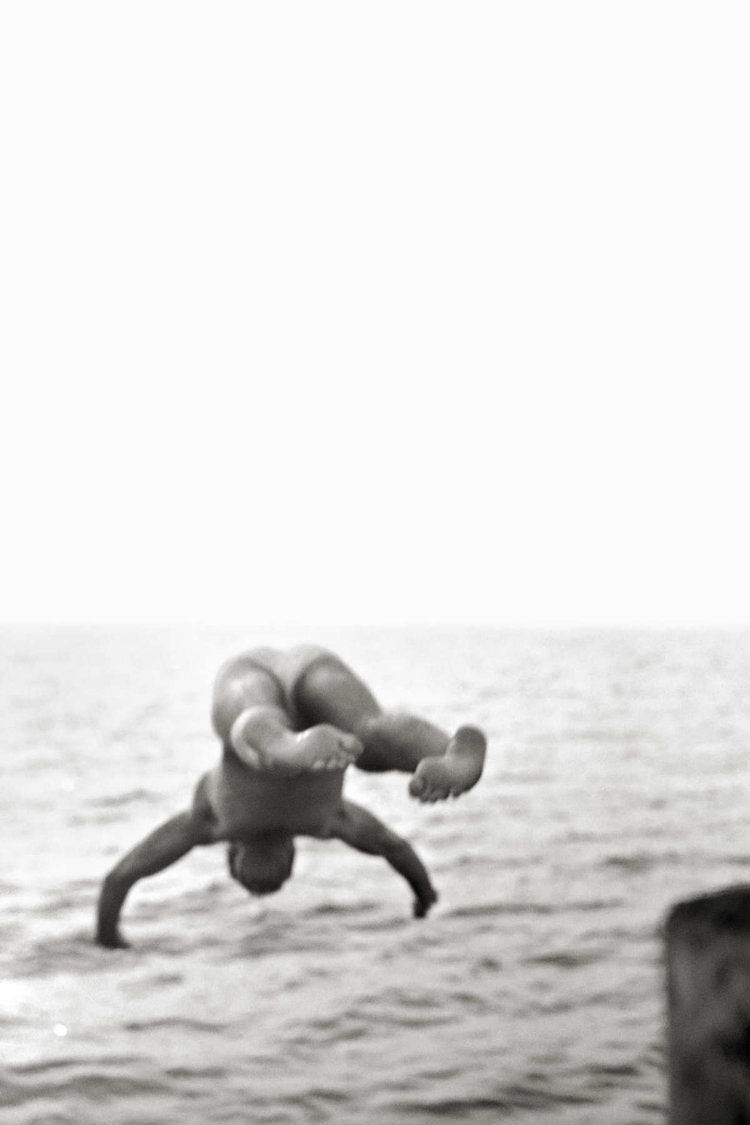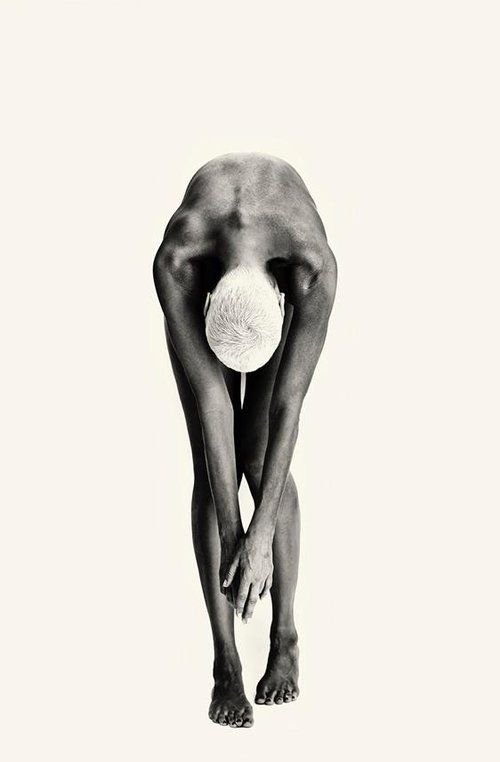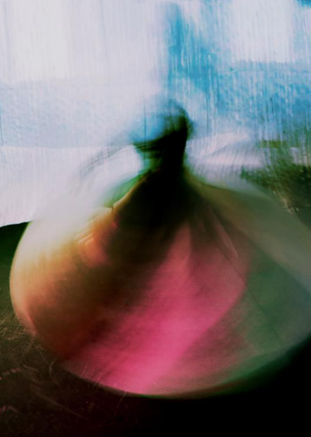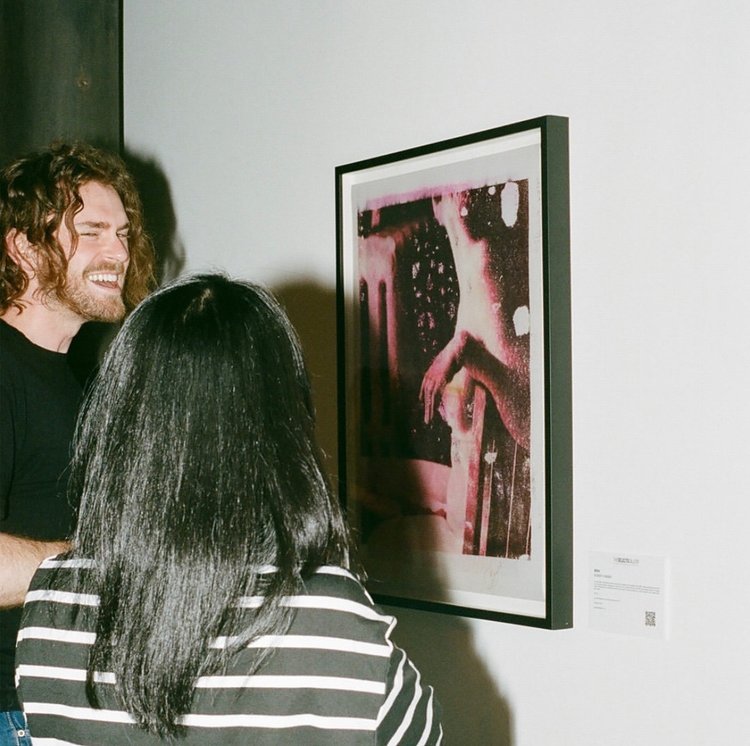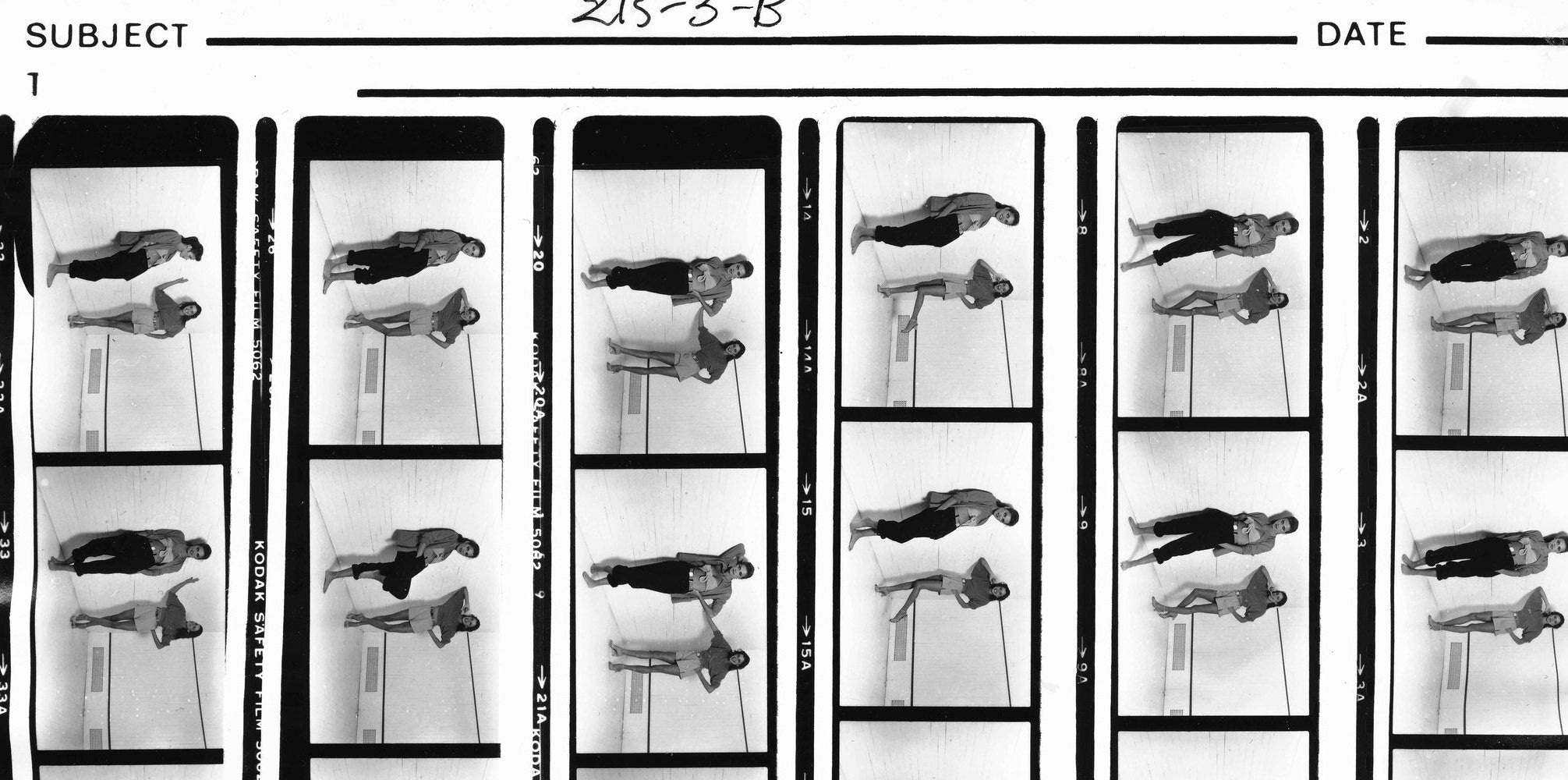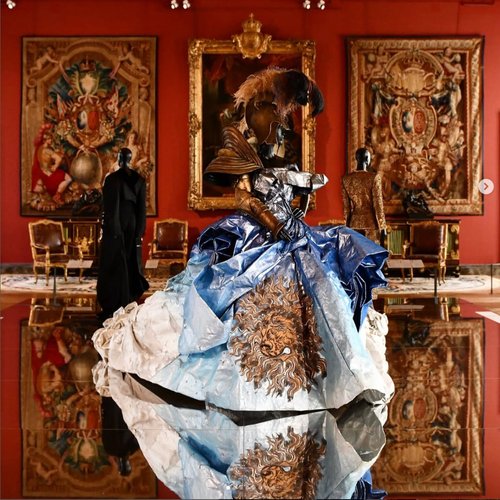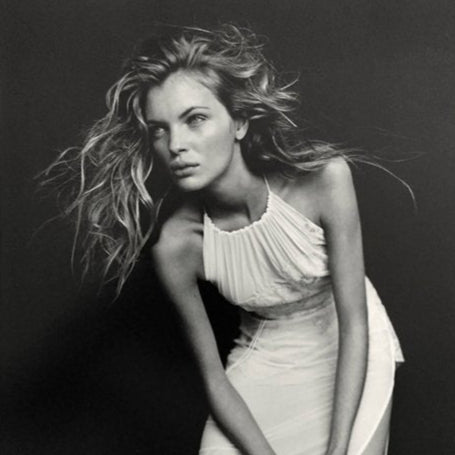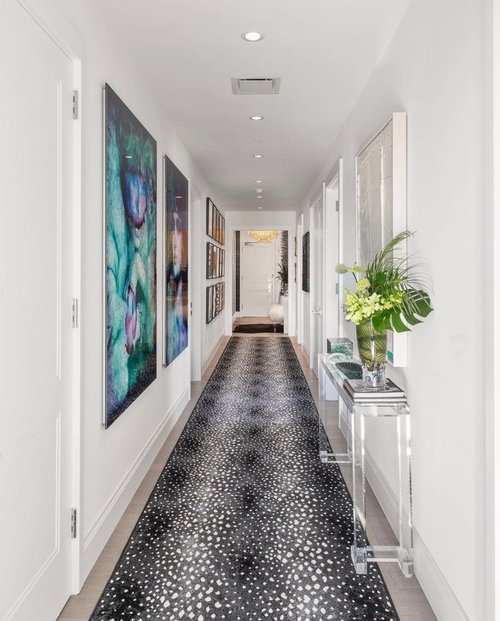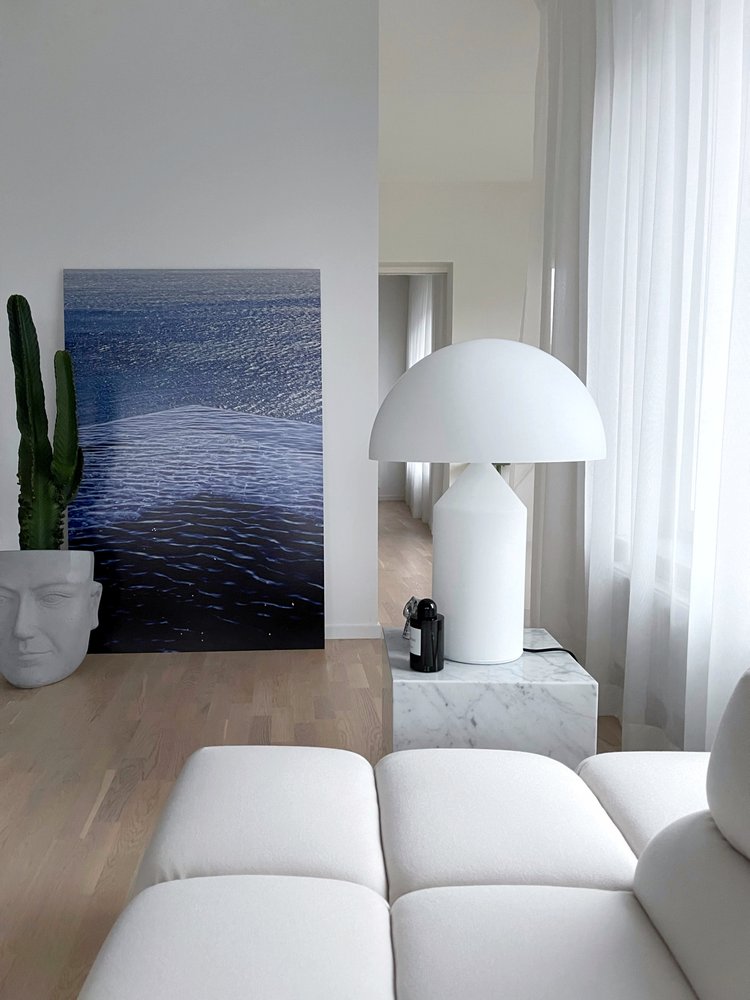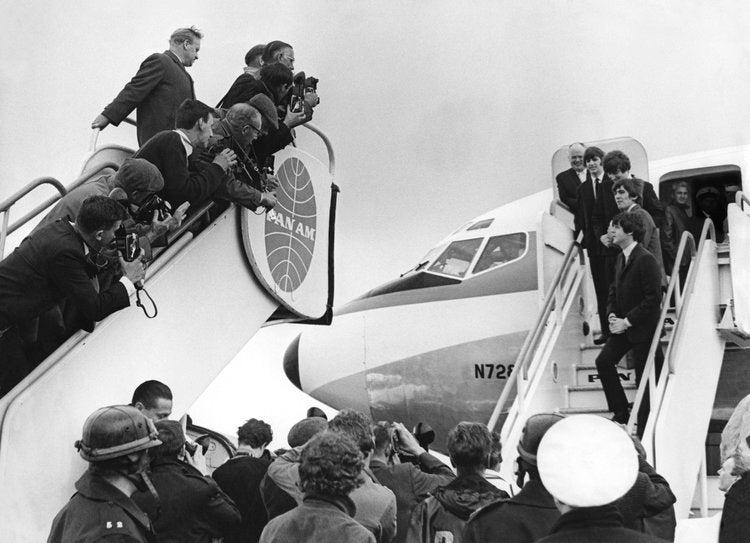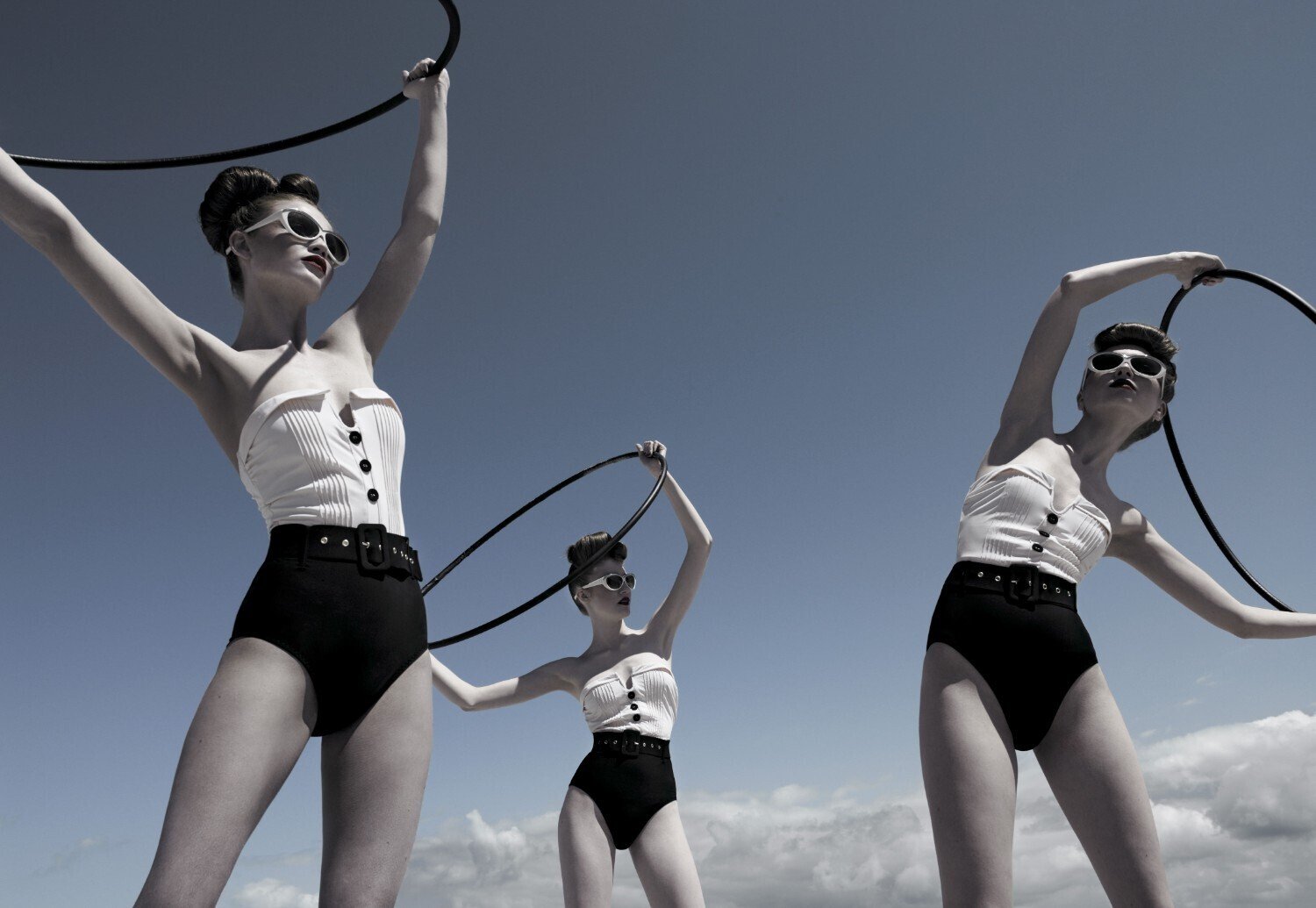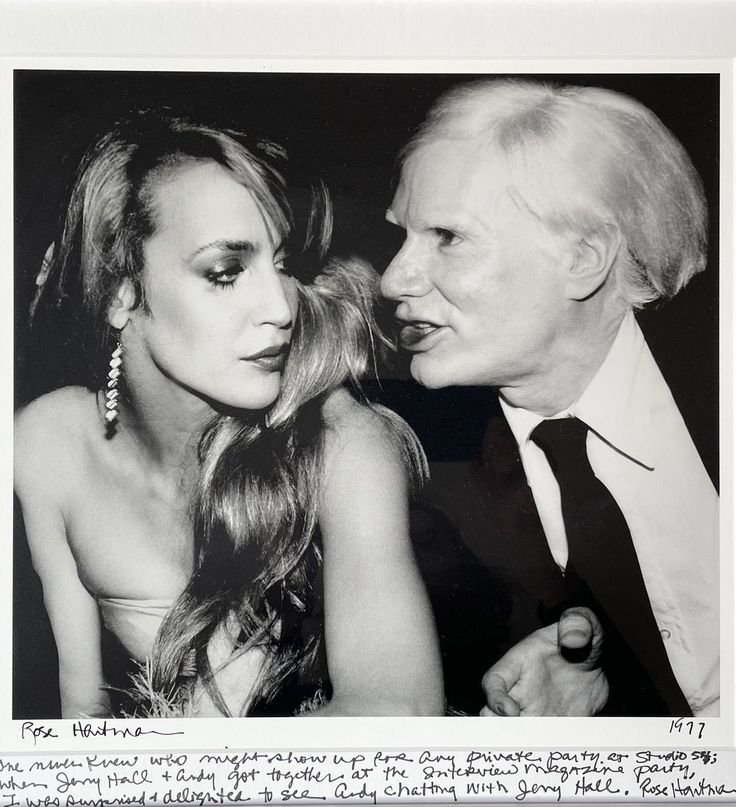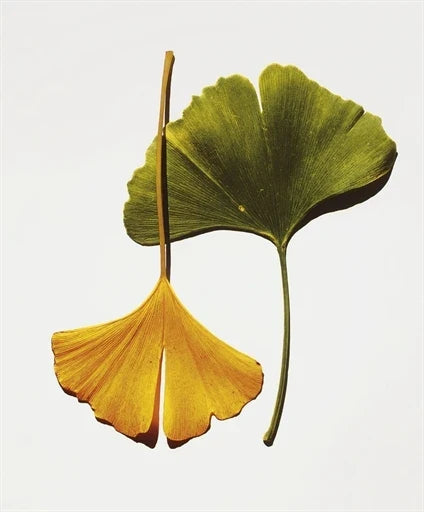Man Ray: "When Objects Dream" at The Metropolitan Museum of Art

The Selects Gallery is pleased to explore the landmark exhibition Man Ray: When Objects Dream, currently on view at The Metropolitan Museum of Art. This presentation offers a rare opportunity to engage with one of the most inventive figures of 20th-century art through a rich, multi-media lens—especially his radical photographic experimentations known as “rayographs.”
Opening on September 14, 2025 and running through February 1, 2026, in Gallery 199 at The Met Fifth Avenue, When Objects Dream brings together more than 160 works, spanning rayographs, paintings, assemblages, film, sculpture and photographic prints.
Curated by Stephanie D’Alessandro (Modern Art) and Stephen C. Pinson (Photography), the show is structured thematically and chronologically to trace Man Ray’s evolution from expressive painter to avant-garde experimenter with light, material and media.
In the artist’s own words:
“Before my eyes an image began to form, not quite a simple silhouette of the objects as in a straight photograph, but distorted and refracted … In the morning I examined the results, pinning a couple of the Rayographs—as I decided to call them—on the wall. They looked startlingly new and mysterious.” — Man Ray
Man Ray coined the term rayograph (or photogram) to describe a camera-less photographic process: he placed everyday objects directly on photosensitive paper, exposed them to light, and developed the result. These images often appear as reversed silhouettes or dreamy ghost-prints of familiar items.
The exhibition highlights the rayograph not as a curiosity, but as the pivotal point around which Man Ray’s broader artistic practice turned: painting, film, sculpture and photography—all converge here.
For Man Ray, as he famously stated:
“I paint what cannot be photographed, that which comes from the imagination or from dreams, or from an unconscious drive… I photograph the things that I do not wish to paint, the things which already have an existence.”
This mindset underscores his refusal to be constrained by medium, making the rayograph as much a statement about the fluidity of art as it is a visual object.
 Photograph- By Anna - Marie Kellen. Courtesy of The Met
Photograph- By Anna - Marie Kellen. Courtesy of The Met
The show opens with Man Ray’s early paintings, rich in expressionist color and experimentation, reminding us that his roots were not strictly photographic. Through these works, one sees the transitional mindset of an artist on the edge of new territory. In this central section we find the camera-less images which made his reputation. Staffed with nearly 60 of these works (and contextual pieces), the section invites viewers to consider how ordinary objects such as combs, spoons and lace, are transformed into “dream-objects.” Assemblages such as Gift (an iron studded with tacks) and the iconic photograph Le Violon d’Ingres are shown alongside film works, collages and sculptural objects: here, Man Ray’s interest in objecthood, humor and subversion becomes visible. These pieces help map his dialogue with Dada, Surrealism and 20th-century visual culture.
For collectors of photography and fine art, When Objects Dream offers several rich take-aways:
- Historical resonance: The rayograph remains a landmark in photographic history—even more so now framed within his entire career.
- Cross-disciplinary appeal: Because Man Ray worked across media, his pieces appeal to both photography collectors and those drawn to modernist art traditions.
- Provenance & rarity: Many works in the exhibition are drawn from major collections, and the show itself helps elevate market recognition. Observing how the Met treats these pieces, how they’re framed, catalogued and contextualised, is valuable background for collectors.
When Objects Dream is an invitation to reconsider how we see objects, light, media and art itself. It reminds us that Man Ray did not simply make images: he made provocations, experiments, and above all, invitations to look again. This exhibition ultimately reinforces a broader truth: photography is never neutral. It carries ideas about process, objecthood, identity and transformation. And for the discerning collector, those ideas matter just as much as the image on the wall.
If you plan a visit or seek to track how his works continue to influence the market and aesthetic taste, this exhibition is a must-see.


